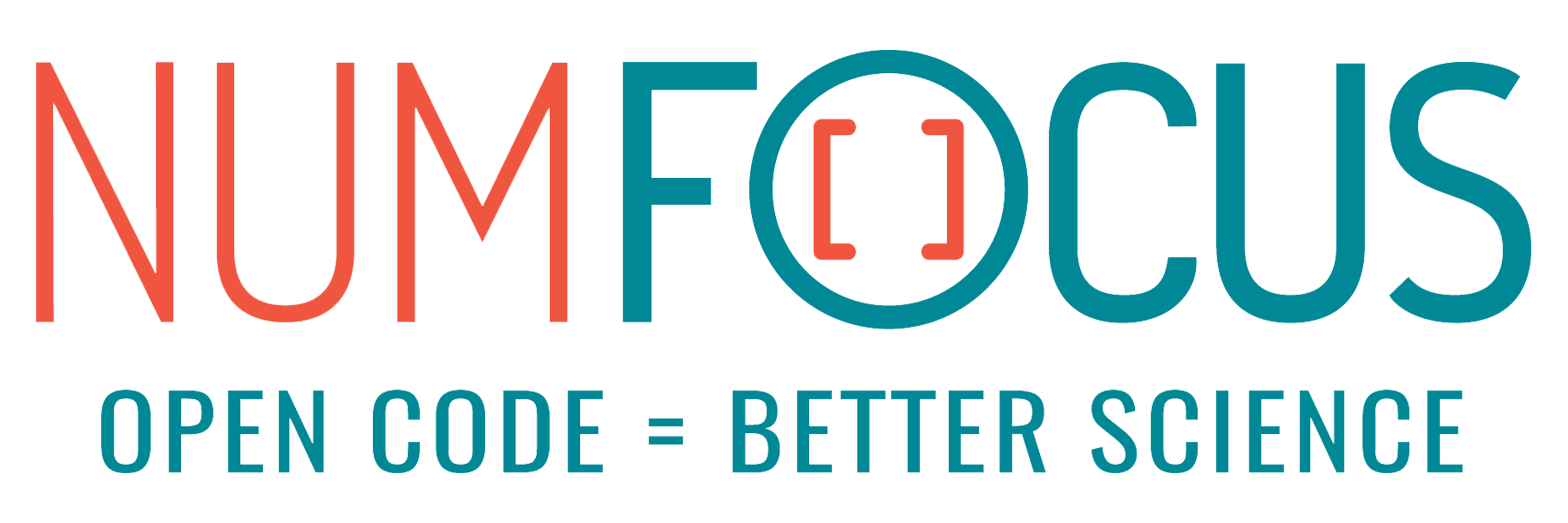GRASS, Geographic Resources Analysis Support System, is a powerful computational engine for raster, vector, and geospatial processing. It supports terrain and ecosystem modeling, hydrology, data management, and imagery processing. With a built-in temporal framework and Python API, it enables advanced time series analysis and rapid geospatial programming, optimized for large-scale analysis on various hardware configurations.
You can use GRASS as your desktop Geographic Information System (GIS) or as a geoprocessing engine through command-line, Python or R interface.
GRASS is open-source and free software, available under the GNU General Public License, and hosted by the Open Source Geospatial Foundation (OSGeo).
GRASS uses a custom governance model and is fiscally sponsored by NumFOCUS. Consider making a tax-deductible donation to help the project pay for developer time, professional services, travel, workshops, and a variety of other needs.
NumFOCUS is a 501(c)(3) non-profit charity in the United States; as such, donations to NumFOCUS are tax-deductible as allowed by law. As with any donation, you should consult with your personal tax adviser or the IRS about your particular tax situation.
See download instructions to get GRASS for your platform.
See documentation and tutorials to start learning GRASS.
Join the GRASS community on Discourse or explore GRASS commercial support.
All contributions are welcome! Join GRASS developer community on Discourse to discuss your plans or simply open a pull request. See CONTRIBUTING file for more details.
See the INSTALL.md file. In addition, there are detailed compile instructions in the Wiki.
For using and building a GRASS docker image, see docker/README.md.



